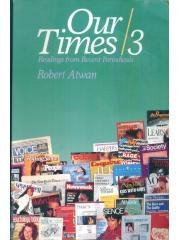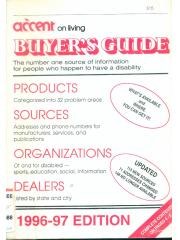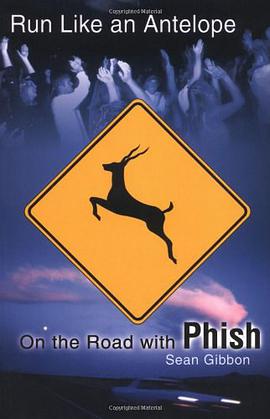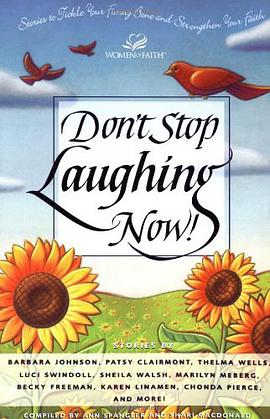

The subject of copyright law, with all its shades of black, gray, and
white, is of special concern to educators and librarians. Every day,
they deal with the communication of ideas, concepts, and informa-
tion embodied in copyrighted works.
A basic understanding of copyright principles is necessary--
especially in light of new technologies appearing continually that
challenge interpretations and applications. In many cases, there are
no clear-cut answers to questions, no clear indication of "fair use,"
and thus caution must be exercised. One option always available to
users of copyrighted information is to contact the copyright owner
and request permission to use the materials in educational settings.
Often the answer may be yes and frequently the fee is affordable.
Educational entities and employees can be held liable for copy-
right violations, so it is in the best interest of all to understand copy-
right, have adopted policies in place that clearly delineate rationale
and procedures, and train employees on policy and their responsi-
bility to uphold it. Presenting a good model for other individuals to
follow is also a responsibility.
In her introduction to the first edition of this Primer (1987), Mary
Hutchings Reed commented on a continuing pattern of compromise
between users and proprietors. From passage of the 1976 Copyright
Act to its 1978 enactment and in the period since, the parties have
worked toward compromise solutions. At this writing, we hope that
such spirit will influence such guidelines and legislation that develop
concerning the National Information Infrastructure (NII).
Several changes in copyright law and library practices have
occurred since the first edition. Of particular note are the Berne
具體描述
讀後感
評分
評分
評分
評分
用戶評價
相關圖書
本站所有內容均為互聯網搜索引擎提供的公開搜索信息,本站不存儲任何數據與內容,任何內容與數據均與本站無關,如有需要請聯繫相關搜索引擎包括但不限於百度,google,bing,sogou 等
© 2025 qciss.net All Rights Reserved. 小哈圖書下載中心 版权所有




















